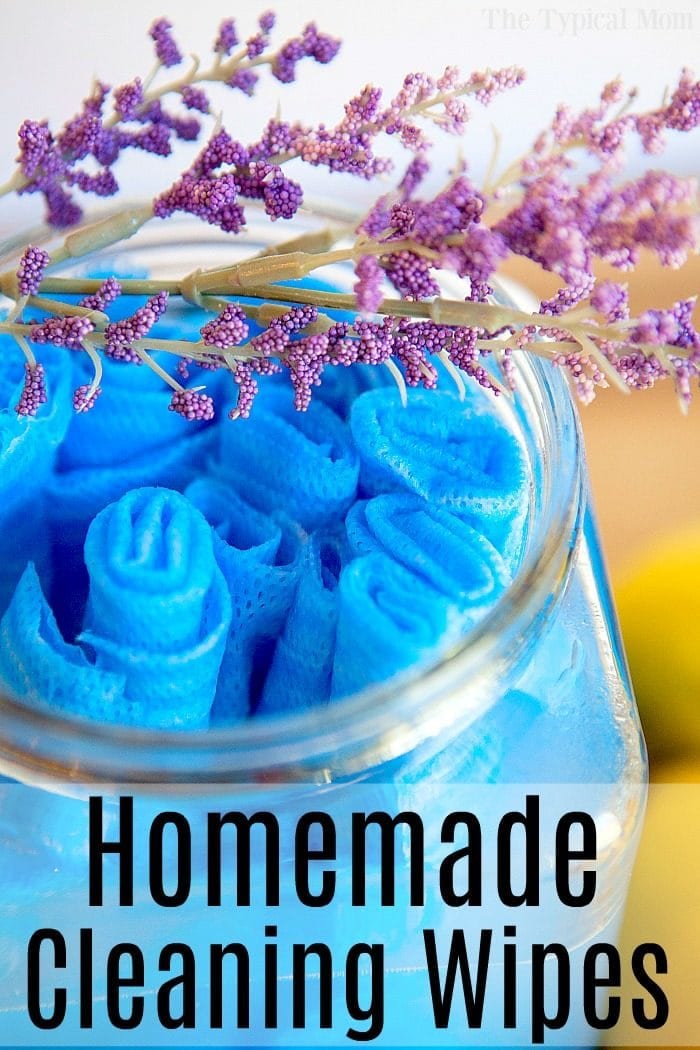As you know I am trying to understand what I can do to reduce how much plastic I use in my household, I was searching the internet and came across this on the New Scientist website, it is incredible reading!
The Long Journey of Plastic Waste Documented
Researchers at the University of Exeter in the U.K. used GPS trackers
to follow 25 discarded plastic bottles. They found they can trace up to
1,800 miles in just a few months, New Scientist reports.
The bottles were released in the Ganges River and entered the Bay of
Bengal, where they could travel as much as 13 miles each day. Bottles
that came to rest beside the river were picked up and deposited in the
ocean during flood seasons, which flush trash into the Indian Ocean.
Plastic bottles dumped in rivers can travel up to 3000 kilometres in
just a few months. Following where bottles end up could help determine
how best to tackle plastic pollution.
Emily Duncan at the University of Exeter, UK, and her colleagues used GPS and satellite technology, similar to those used for tracking animal movements,
to follow the path of 25 plastic bottles. “We thought if we can track a
turtle, why can’t we track a plastic bottle?” says Duncan.
The team released the bottles along the Ganges river in India and Bangladesh, which is the second largest contributing river to ocean plastic pollution.
They found that the average bottle travelled at speeds of about 1
kilometre a day. Some ended up in the Bay of Bengal and travelled an
average of 6 kilometres a day at sea.
One bottle travelled roughly 3000 kilometres from the Bay of Bengal
and circled around the east Indian coastline in 94 days. The fastest
bottle travelled about 21 kilometres a day, but Duncan says they have
the potential to travel much further and faster depending on ocean
currents and wind speed.
Read more: How can India clean up when all of its waste has an afterlife?
The team found the bottles travelled in stepwise movements along the
Ganges, with some 40 per cent becoming stranded on river banks. That
waste could then get flushed out to sea during monsoon season.
“This can tell us how much effort we should put to inland waste management,” says Marcus Eriksen at the 5 Gyres Institute,
a non-profit organisation in Santa Monica, California. “The most value
is in what these bottles can tell us about where and when to remove
trash from the world’s rivers,” he says.
Richard Thompson at the University of Plymouth, UK, says this data
shows that rivers are important pathways for ocean plastic pollution.
“Rivers are a one-way conveyor belt of material,” he says. “They connect
the sea to people that could be living thousands of miles inland. And
their actions can have an influence on the accumulations of plastic in
the oceans.”
In 2010, an estimated 5 million to 13 million tonnes of plastic waste entered the world’s oceans.
“It’s also an important visual tool for social change and awareness,”
says Duncan. Tracking how far plastic can travel gives communities and
policy-makers ownership of their waste and can help stop ocean plastic
pollution at its source, she says.
Coca-Cola, PepsiCo, and Nestlé Are the Top Plastic Polluters
Green Matters reports
that Coca-Cola, PepsiCo, and Nestlé lead the world in generating
plastic pollution, according to a new report from Break Free From
Plastic. Based on volunteer audits of 575 brands in 55 countries, the report
found that of 346,494 plastic debris items collected, 63% were branded
packaging. The top polluter, Coke, accounted for 3.9% of plastic waste.
The research provides a useful quantification of the often abstract
issues surrounding “producer responsibility,” the requirement that a
company that makes a product or packaging is also responsible for
collecting and recycling it. Extended Producer Responsibility laws
already exist in the E.U. and Canada, and several U.S. states are
implementing programs. They impose a fee on each item to support the
recycling infrastructure needed to collect and process the materials.
Visit the Break Free From Plastic site to explore how brands pollute in
different countries. Nestlé this week also announced a plan to reduce
its reliance on virgin plastic, reduce emissions, and support
regenerative farming in its supply chain, GreenBiz reports.
Another great reason to stay away from plastic! If one family reduces its plastic waste by just one bottle a week, what a difference that would make! Glass or Aluminium is better! Or re-use your old plastic container and go to a shop that refills it such as the one we have here in Ciutadella called "Camamilla"
It is so easy to refill as little or as much as you want, a great price and ecological too! You can use the cleaning products with the confidence that no harmful products are affecting your family or when you rinse them away, the environment.
The blog song for today is "Ripples" by Genesis.
TTFN





















